In a pioneering pass that marks a international first, the Ports, Customs, and Free Zone Corporation (PCFC) in Dubai has unveiled the ‘Dubai Code for Ports,’ a complete technical manual designed to set new standards for the improvement and management of ports, marinas, and associated maritime infrastructure. This challenge, developed in collaboration with key maritime partners, aims to decorate the efficiency of maritime operations while ensuring sustainability and maintaining herbal assets. It is expected to not most effective increase Dubai’s role as a global chief in maritime trade however additionally establish a new benchmark for the industry worldwide.
A Global First for Maritime Infrastructure
The ‘Dubai Code for Ports’ is the primary initiative of its type globally, making it a tremendous milestone inside the development of maritime infrastructure. It presents an integrated framework of technical specifications and necessities, protecting a wide variety of aspects involved in port and marina operations. This comprehensive manual units clear standards for the whole thing from dredging and land reclamation to the design of floating lodges and pontoons. By establishing a unified set of technical hints, the Dubai Code seeks to ensure the smooth functioning of port and marina centers whilst promoting a sustainable technique to improvement.
At the coronary heart of this groundbreaking project is the dedication to ensuring that maritime operations are aligned with global sustainability requirements and environmental upkeep. The venture targets to protect the marine surroundings, conserve herbal assets, and sell strength performance in port development. This aligns with Dubai’s broader vision of turning into a international hub for innovation and sustainable practices within the maritime quarter.
Sultan Ahmed bin Sulayem: A Commitment to Excellence
His Excellency Sultan Ahmed bin Sulayem, Chairman of the PCFC, emphasised the strategic significance of the ‘Dubai Code for Ports’ in positioning Dubai as a frontrunner inside the maritime enterprise. “We are devoted to providing a secure and green environment to assist the Dubai Economic Agenda D33 and global change,” bin Sulayem stated at some stage in the task’s assertion. He highlighted that the initiative would decorate the performance of maritime operations and make certain that the best technical requirements are maintained within the improvement of ports and marinas.
Bin Sulayem mentioned that the ‘Dubai Code for Ports’ was created to address the developing call for for advanced maritime infrastructure and to help the city’s important position in worldwide supply chains. By implementing this new framework, Dubai goals to streamline maritime operations, lessen operational costs, and improve the general user experience for agencies and tourists alike. He additionally confused that the initiative could toughen Dubai’s competitive position in both local and international maritime sectors, facilitating worldwide exchange and monetary growth.
Nasser Al Neyadi: Meeting the Challenges of Growth
At a strategic workshop held on the Jumeirah Beach Hotel in Dubai, His Excellency Nasser Al Neyadi, CEO of the PCFC, mentioned the significance of the ‘Dubai Code for Ports’ in responding to the fast increase in maritime transport and infrastructure. Al Neyadi explained that the initiative changed into designed to help Dubai control the increasing call for for maritime infrastructure, specifically in coastal regions. He stated that the manual is a proactive step to make certain that the town can retain to help the rapid enlargement of marine tourism, international trade, and other monetary activities tied to maritime industries.
The CEO emphasised that the ‘Dubai Code for Ports’ isn’t just about improving the technical components of port and marina operations, however additionally approximately reinforcing Dubai’s role as a international maritime hub. With Dubai’s monetary development plans, which includes the bold Dubai Economic Agenda D33, the manual will play a important function in fostering an surroundings conducive to change facilitation, logistics, and tourism.
Al Neyadi additionally highlighted the range of regions blanketed through the manual, which incorporates soil inspection, dredging, land reclamation, and water drainage, among others. The complete nature of the framework ensures that every issue of port and marina development is taken into consideration, from the technical specifications of infrastructure to the design of sustainable floating hotels and pontoons. These technical requirements goal to lessen environmental effect whilst optimizing operational efficiency.
Strengthening Dubai’s Global Position in Maritime Trade
The Dubai Code for Ports is expected to raise the city’s position as a global maritime alternate hub. By adhering to across the world recognized technical requirements, Dubai pursuits to make certain the easy float of products and offerings, contributing to worldwide change and assisting the worldwide deliver chain. Additionally, the guide’s emphasis on sustainability will help protect Dubai’s marine environment, ensuring that its ports and marinas continue to be possible and green for decades to come back.
The initiative is likewise in keeping with Dubai’s broader imaginative and prescient to diversify its financial system and appeal to overseas investment. By fostering an advanced, sustainable, and efficient maritime infrastructure, Dubai will hold to provide a aggressive gain to international agencies, strengthening its popularity as a key participant in international trade.
Furthermore, the development of the ‘Dubai Code for Ports’ serves as an example of ways the city is leveraging technological improvements and global partnerships to form the future of maritime infrastructure. As a end result, the initiative has the capability to inspire other maritime hubs around the world to adopt similar requirements, making the Dubai Code a potential model for international port and marina management.
A Strategic Workshop to Align Stakeholders
To ensure the a hit implementation of the undertaking, the PCFC hosted a strategic workshop with key maritime companions on the Jumeirah Beach Hotel. This collaborative attempt aimed to align stakeholders inside the maritime sector and to discuss the realistic components of implementing the Dubai Code. The workshop additionally supplied an possibility for industry specialists to alternate insights and proportion first-rate practices.
The participation of world maritime stakeholders is a testament to Dubai’s commitment to collaboration and innovation in the sector. By working closely with maritime industry leaders, the PCFC ambitions to ensure that the ‘Dubai Code for Ports’ stays at the vanguard of technical and environmental requirements in port improvement.
Conclusion: A New Era for Maritime Infrastructure
With the release of the ‘Dubai Code for Ports,’ Dubai is set to redefine the future of maritime infrastructure, now not simplest within the area but on a international scale. By selling sustainability, enhancing operational efficiency, and putting new technical standards for ports and marinas, the initiative will play a critical role in ensuring the continuing growth and achievement of Dubai’s maritime area. As the worldwide maritime industry continues to conform, the Dubai Code is poised to be a key driving force of innovation, contributing to the city’s vision of turning into a main worldwide hub for exchange, tourism, and sustainable maritime improvement.


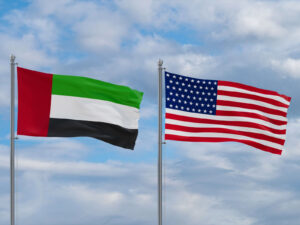
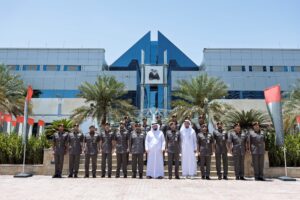

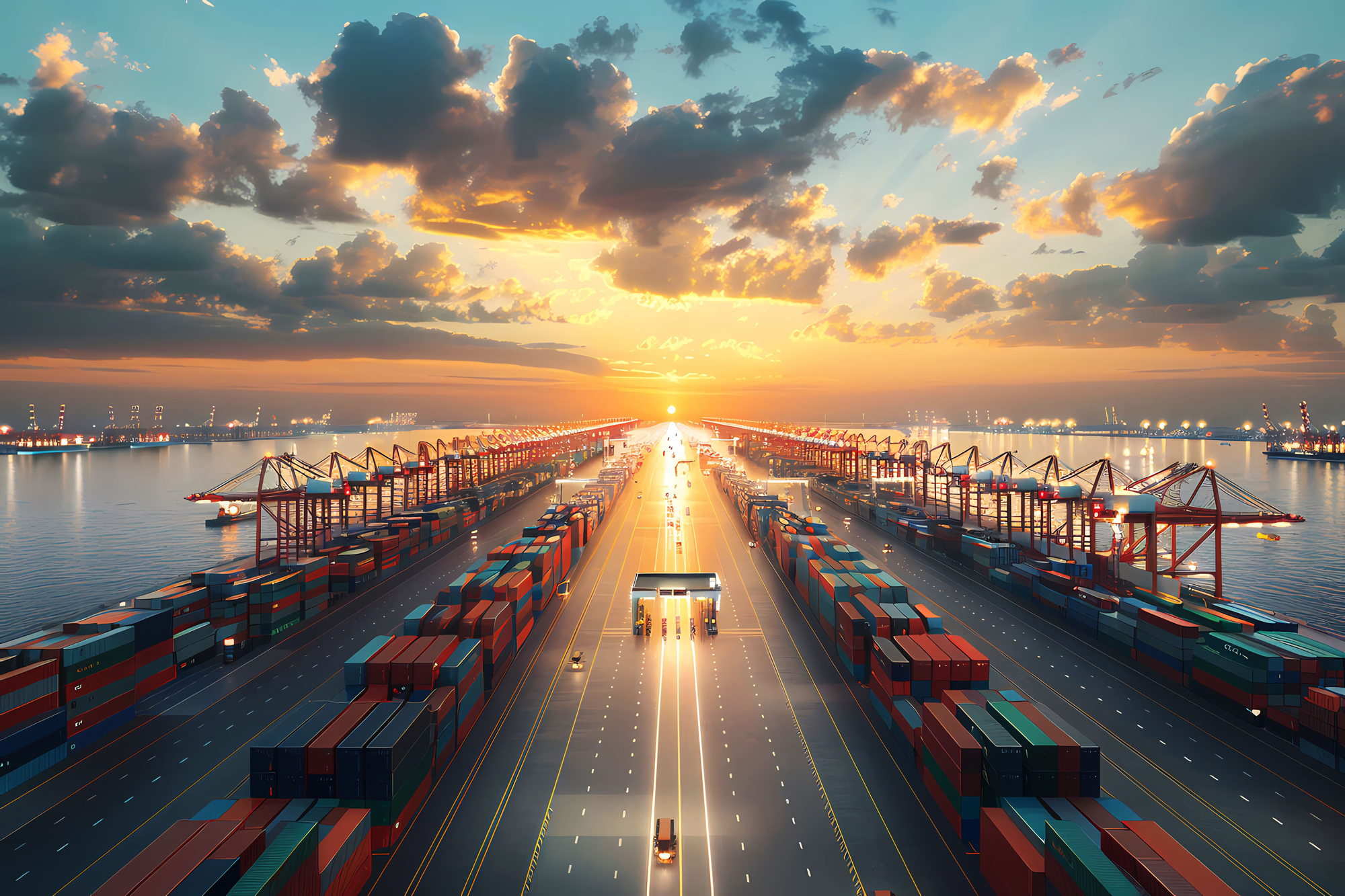
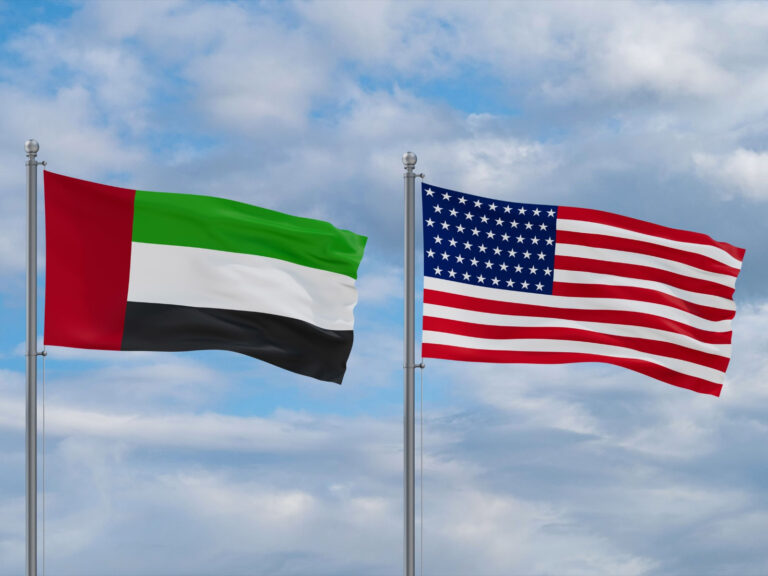



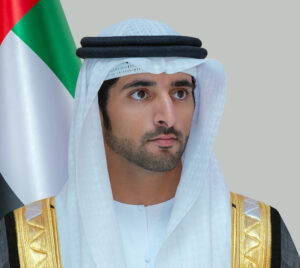

+ There are no comments
Add yours